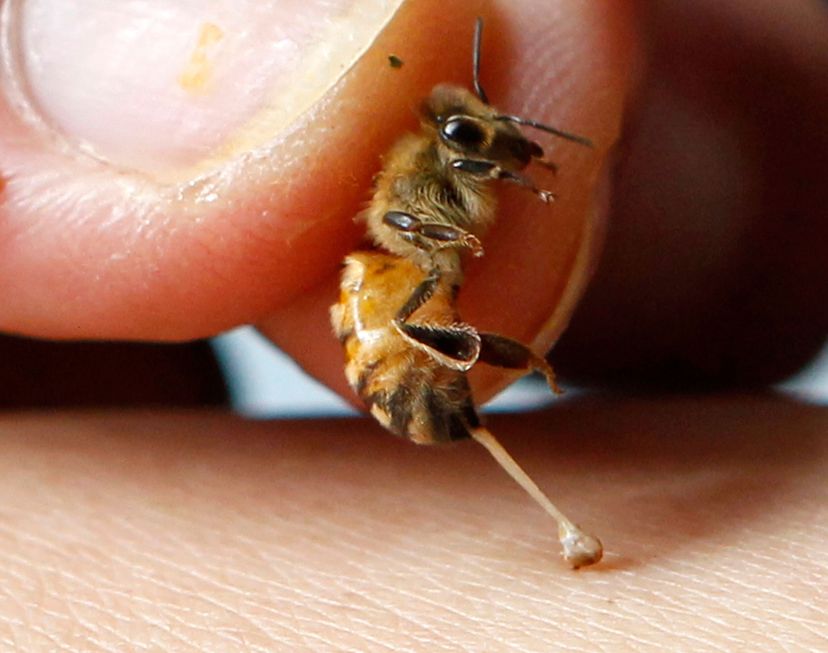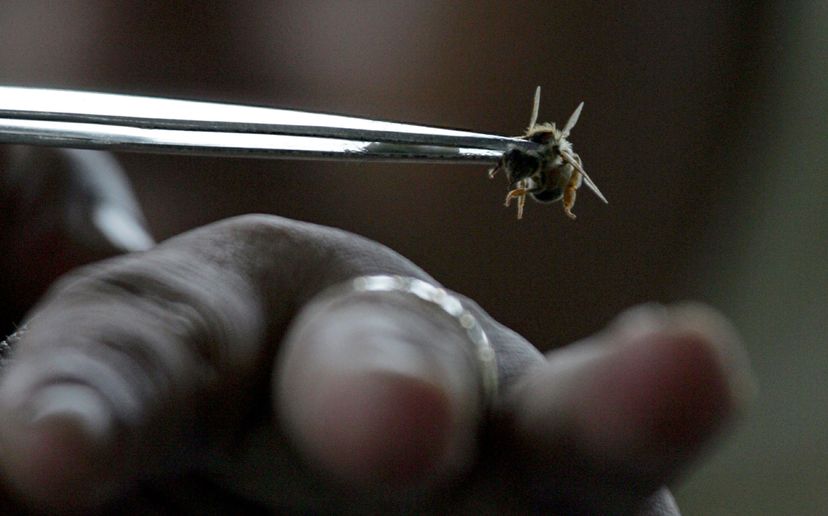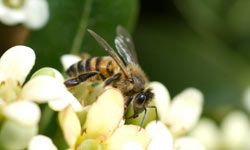
It may sound a bit incongruous: Encourage bees to sting you? On purpose? Using toxins to heal what ails us may sound like contradictory, and perhaps even dangerous, advice — but for at least 5,000 years humans have relied on venom, of all things, for medicinal purposes.
Take Mithridates VI of Pontus, Rome's formidable enemy during the first century B.C.E., for example: Steppe viper venom was allegedly used to save him from a life-threatening battlefield wound. Scorpion venom has a long history in both ancient Egyptian medicine and in traditional Chinese medicine. Beekeeping and honey harvesting are seen in artwork dating back to our ancestor's cave painting days, and bee venom is known to have been used in East Asia since the second century B.C.E.
Advertisement
Bee sting therapy, commonly called bee venom therapy (BVT), is the medical use of the toxic compounds in honey-bee venom (BV), also known as apitoxin, in a therapeutic way. BV therapy is part of a larger medical philosophy and treatment called apitherapy (bee therapy), a type of holistic therapy that uses not only bee venom for its healing properties, but several bee products, including beeswax, honey, pollen, propolis (bee glue) and royal jelly in treatments. It was Hungarian immigrant Bodeg Beck who, after meeting beekeeper Charles Mraz, introduced apitherapy to the U.S. in the 1930s, and for more than 60 years Beck used BVT to treat patients with arthritis pain.
The history of venom collection is a fatal tale for honey bees. Bees were forced to sting hard surfaces, such as plastic or rubber, for venom collection, a practice that was fatal to the bee when her stinger inevitably separated from her abdomen after hard-surface-stinging injuries. Alternatively, venom was also harvested by crushing honey bees — a practice which, yes, was also fatal for the bees. Stinging hard surfaces, such as plastic, or thick surfaces, such as human skin, is dangerous for honey bees. While it's possible for the worker bee to sting more than once, it's actually the injury to her stinger apparatus — the venom sac, abdominal muscles and nerve center becoming crushed or dislodged — rather than the act of stinging that's fatal to the bee. Honey bees can sting as many as 10 times under the right circumstances.
Advertisement




